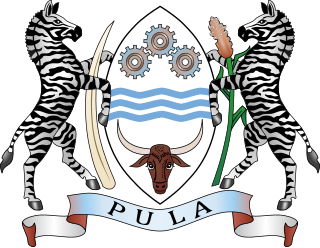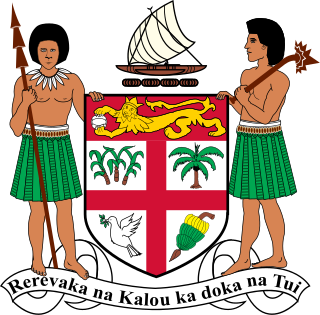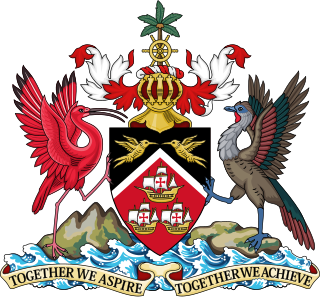 |
|---|
| Administrative divisions (parishes) |
General elections were held in Grenada in 1931. [1]
 |
|---|
| Administrative divisions (parishes) |
General elections were held in Grenada in 1931. [1]
The Legislative Council consisted of 16 members; the Governor (who served as president of the council), seven 'official' members (civil servants), three appointed members and five elected members. [2] Voting was restricted to men aged 21 or over and women aged 30 or over who had resided in Grenada for at least two years and either had an income of at least £30 per year, owned property valued at £150 or more, or rented property for at least £12 per annum. [3] Candidacy was restricted to qualified male voters with a minimum annual income of £200 and who either had lived in their constituency for at least a year, or owned property in the constituency worth at least £500. [3]
There were 2,272 registered voters, [4] up from 2,088 in 1928. [5]
The Grenada Workingmen's Association had four candidates; T.A. Marryshow, George Elmore Edwards, John Fleming and Fitz Henry Copland. [4] The GWA also supported Willan E. Julien in St David's – South St George's. [4]
| Constituency | Member |
|---|---|
| St Andrew's | George Elmore Edwards |
| St David's – South St George's | Willan E. Julien |
| St George's | T.A. Marryshow |
| St John's – St Mark's | John Fleming |
| St Patrick's and Carriacou | Frederick B. Paterson |
| Source: Brizan [2] | |

Elections in Southern Rhodesia were used from 1899 to 1923 to elect part of the Legislative Council and from 1924 to elect the whole of the Legislative Assembly which governed the colony. Since the granting of self-government in 1923, Southern Rhodesia used the Westminster parliamentary system as its basis of government. The Political party that had most of the seats in the Legislative Assembly became the government. The person in charge of this bloc was the Premier, later renamed Prime Minister, who then chose his cabinet from his elected colleagues.

General elections were held in Northern Rhodesia on 20 March 1959, although voting did not take place in two constituencies until 9 April. The United Federal Party (UFP) was expected to win the elections, and did so by taking 13 of the 22 elected seats on the Legislative Council.

Elections to the European Advisory Council were held in Bechuanaland Protectorate in 1933.

General elections were held in Saint Kitts-Nevis-Anguilla on 24 June 1937, the first since the 1870s. The Workers' League nominated two candidates, Thomas Manchester and Edgar Challenger, both of whom were elected.

General elections were held in Saint Kitts-Nevis-Anguilla on 16 September 1940. The Workers' League won all the elected seats.

General elections were held in Saint Kitts-Nevis-Anguilla on 20 September 1943. The Workers' League won all the elected seats, defeating an alliance of merchants and planters nominated by the Agricultural and Commercial Society.

General elections were held in Saint Kitts-Nevis-Anguilla on 30 July 1946. The Workers' League won all the elected seats, with no party running against them.
General elections were held in Sweden in 1866. They were the first elections for the new Second Chamber in the Riksdag, which would serve a three-year term. Suffrage was given to men over the age of 21 who either had a taxable income of at least 800 riksdaler a year, owned a property worth at least 1,000 riksdaler, or rented a property taxed to at least 6,000 riksdaler. This meant that around 5.5% of the population were able to vote, a slight reduction from the 6% that had been eligible under the previous Estates system. The changes had been approved following a 60,000-strong petition and a vote in the House of Nobility in December 1865 during which crowds had gathered outside to pressure the nobles into approving it.

General elections were held in Fiji in 1929. They were the first in which Indo-Fijians were allowed to vote.

General elections were held in Fiji in July 1937, the first in which an equal number of Europeans and Indo-Fijians were elected.

General elections were held in Fiji on 20 July 1940.

General elections were held in Fiji on 29 July 1944. The term of the Legislative Council elected in 1940 was due to end in 1943, but was extended by a year by the Governor.

General elections were held in Fiji in September 1947. Voting took place in the Northern and Western and Southern constituencies on 20 September, with voting in the Eastern constituency carried out between 15 and 22 September.

General elections were held in Fiji in August 1950. Voting took place in most locations on 26 August, and in the Lau and Lomaiviti Islands between 21 and 28 August.

General elections were held in Fiji on 29 August 1953.

General elections were held in Fiji in August 1956; voting took place in the Eastern constituencies between 11 and 18 August, and on 18 August in all other constituencies.

General elections were held in Fiji in September 1959, the last in which women and ethnic Fijians were still barred from voting. Voting took place in the Eastern constituencies between 5 and 12 September, and in the Northern and Western and Southern constituencies on 12 September.

General elections were held in Trinidad and Tobago for the first time on 7 February 1925.

General elections were held in Grenada in February 1925.

General elections were held in Grenada on 11 April 1928.